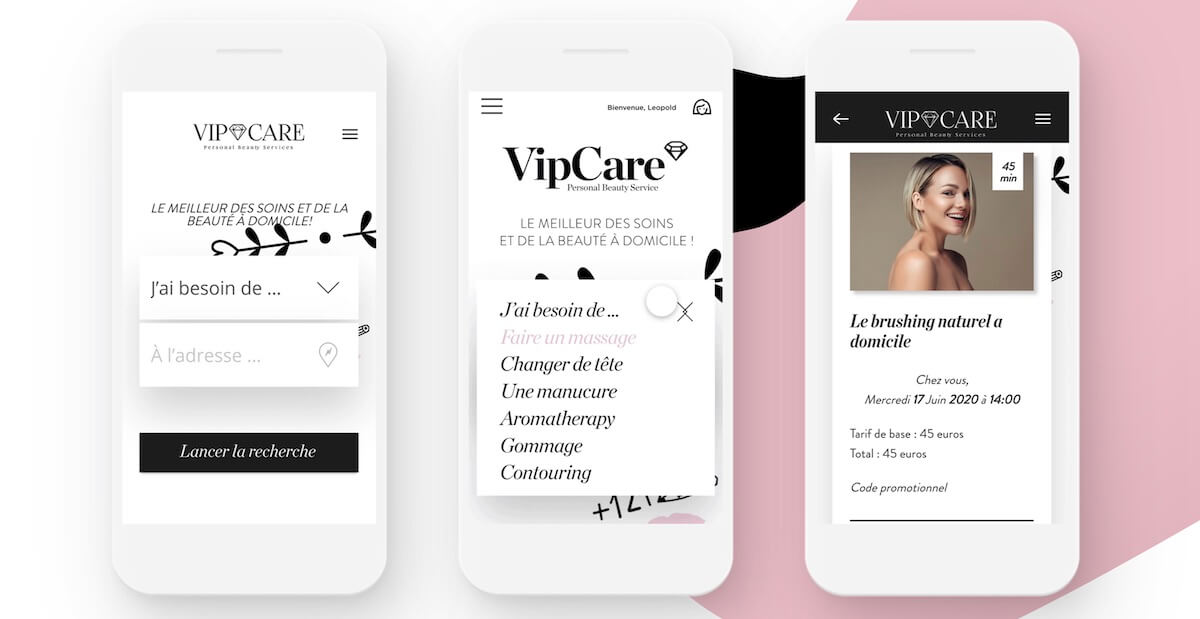
Creating an intuitive navigation experience for mobile apps
Creating an intuitive navigation experience for mobile apps is essential for user engagement and retention. A well-designed navigation system allows users to easily find the information and features they need, making the app more user-friendly and efficient.
We will explore the key principles of creating an intuitive navigation experience for mobile apps, including layout and design, consistency, and accessibility.
The layout and design of a mobile app’s navigation system plays a critical role in its usability. The navigation menu should be placed in a consistent location, such as the top or bottom of the screen, and should be easy to access. The use of intuitive icons and labels is also important, as they help users understand the app’s structure and features.
Consistency is key when creating an intuitive navigation experience for mobile apps. The navigation menu should be consistent across all screens and the use of similar icons and labels should be used throughout the app. This helps users to easily understand and navigate the app, reducing the learning curve.
Accessibility is an important consideration when creating an intuitive navigation experience for mobile apps. The navigation menu should be easy to access for users with disabilities, including those with visual, auditory, and motor impairments. This can be achieved by using large, clear text, high-contrast colors, and providing alternative means of navigation, such as voice commands.

Grouping related items together and using a clear hierarchy can make the navigation experience more intuitive. For example, having a “settings” menu that groups all the app settings together in one place, rather than scattering them across different screens, will make it much easier for users to find what they need.
Clear and concise labeling is essential for an intuitive navigation experience. Labels should accurately describe the content or feature they represent, and should be concise to avoid confusing users.
User testing is an important step in creating an intuitive navigation experience. User testing allows developers to see how users interact with the app and identify any issues with the navigation system. This feedback can be used to make improvements to the app’s navigation, making it more user-friendly and efficient.
Creating an intuitive navigation experience for mobile apps is essential for user engagement and retention. By following the key principles of layout and design, consistency, and accessibility, developers can create a navigation system that is easy to use and understand.
Additionally, grouping related items together, using clear labeling and testing with users can make the experience more intuitive. An intuitive navigation system not only improves the user experience, but also makes the app more efficient and effective. With a well-designed navigation system, mobile apps can become more user-friendly and increase user engagement and retention.




Sorry, the comment form is closed at this time.